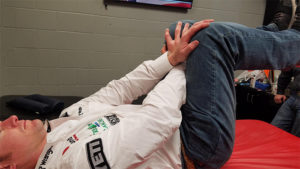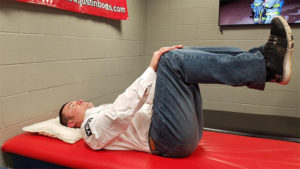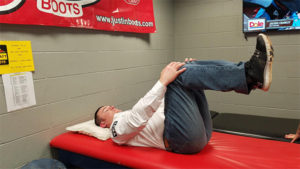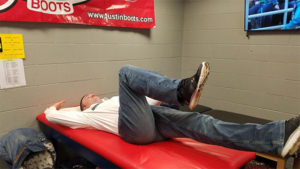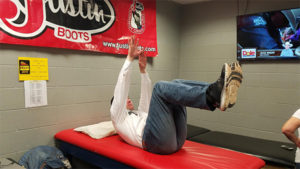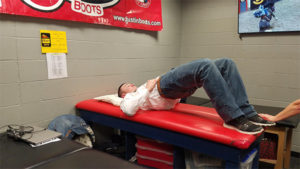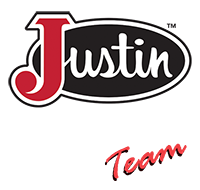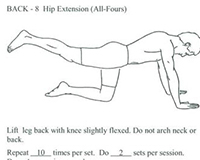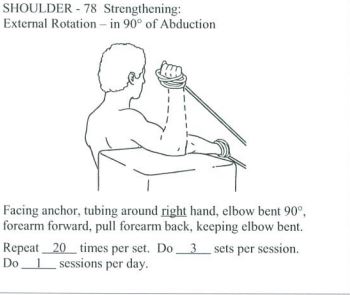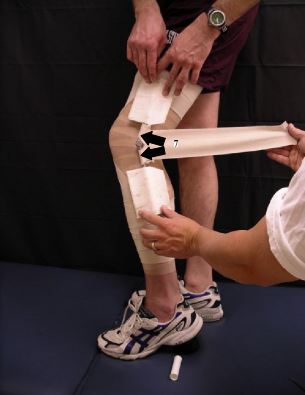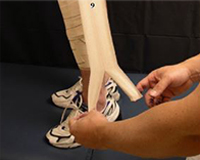Rehab & Taping
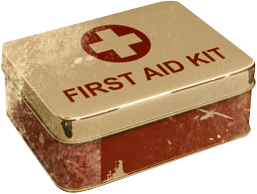
If you are going to be around horses and rodeo, at one time or another you are going to get banged up. The following pages consist of some basic medical knowledge regarding the recognition and treatment of many of our commonly seen injuries. We have even given you some general information on Nutrition and Supplements you can use at home and on the road for those who have a hectic schedule.
While we by no means intend for this to be a detailed medical text, we enlisted the help of many medical colleagues within the Justin Boots Sportsmedicine Program to get you the most up-to-date help. Please consult a medical professional to get much more detailed information on any or all of these areas.
We will devote a lot of articles and information to helping you be more physically fit and flexible, with specialty work for specific events, so check back often as we update these files and tips.
Exercises
Taping and Bracing
Hip and Pelvis
Pelvic Stablization
